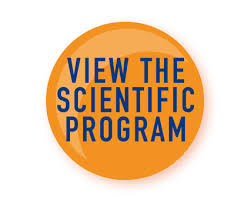
Junxiang Wang
Beijing University of Chinese Medicine, Beijing 100029, China
Title: Waggle needling at GB 34 wields preferable anti-spastic and neuroprotective effects by attenuating GABAT and enhancing GABA in rats with post-stroke spasticity
Biography
Biography: Junxiang Wang
Abstract
Waggle needling, emphasizing the effective combination of needling technique with joint movement, has long been applied for the management of spasticity in the time-honored traditional Chinese medicine (TCM) and gained preferable clinical treatment effects. However, the mechanism underlying this classical anti-spastic needling technique still remains unclear. In the study, we compared the anti-spastic effect of waggle needling with the routine needling at Yanglingquan (GB 34) based on the rat model with post-stroke spasticity. The Zea Longa score and Modified Ashworth Scale (MAS) were utilized to assess the neurological function and muscle tone, separately. Electrophysiological recorder was aimed at testifying the indirect muscle tension of rats in conjunction with MAS. Enzyme-linked immunosorbent assay (ELISA) and western blot assay were applied to detect the levels and expressions of γ-amino butyric acid transaminase (GABAT) and γ-amino butyric acid (GABA). Following 7 days acupuncture treatment, the neurological function was improved and muscle tension was markedly decreased, meanwhile, the expression of GABAT was inhibited and GABA expression was enhanced in the cortical infarct regions of rats. Furthermore, rats in the waggle needling group performed better than those in the routine needling group. Our findings indicated that the attenuation of GABAT and enhancement of GABA might be the preferable anti-spastic effect of waggle needling for rats with post-stroke spasticity.

